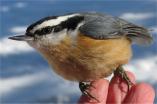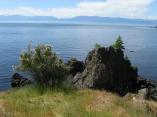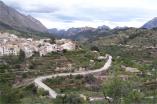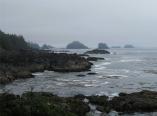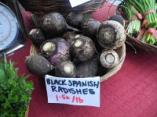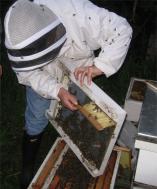Apparently August 7 is National Mustard Day, at least in Wisconsin. They were already celebrating it in the Napa Valley with a mustard festival earlier this year. You could get in on a six-course mustard dinner which sounded like a hot ticket.
And this is the moment in any mustard conversation when good Canadians quietly ask whether you know that 90% of all mustard seed used in Dijon mustard production in France is imported from Canada?
And if you are interested in the politics of mustard seed oil in India, you can read this piece by the wondrous Vandana Shiva, about another Monsanto dirty trick.
Other things to know about mustard include its use in crop rotation trials in Prince Edward Island, where the potato crops are being ravaged by wireworm. It seems to be of some value there, as brown mustard is high in chemicals called glucosinolates, which when they break down produce isothiocyanates, compounds which are actually toxic to wireworms.
On the darker side of the family, Garlic Mustard is a problem weed that’s invading fields in BC and many other parts of North America, where it was introduced by settlers as a salad green and medicinal herb (it’s said to be helpful internally against bronchitis, asthma and eczema, and externally for minor injuries, slow-healing skin problems, rheumatism and gout).

